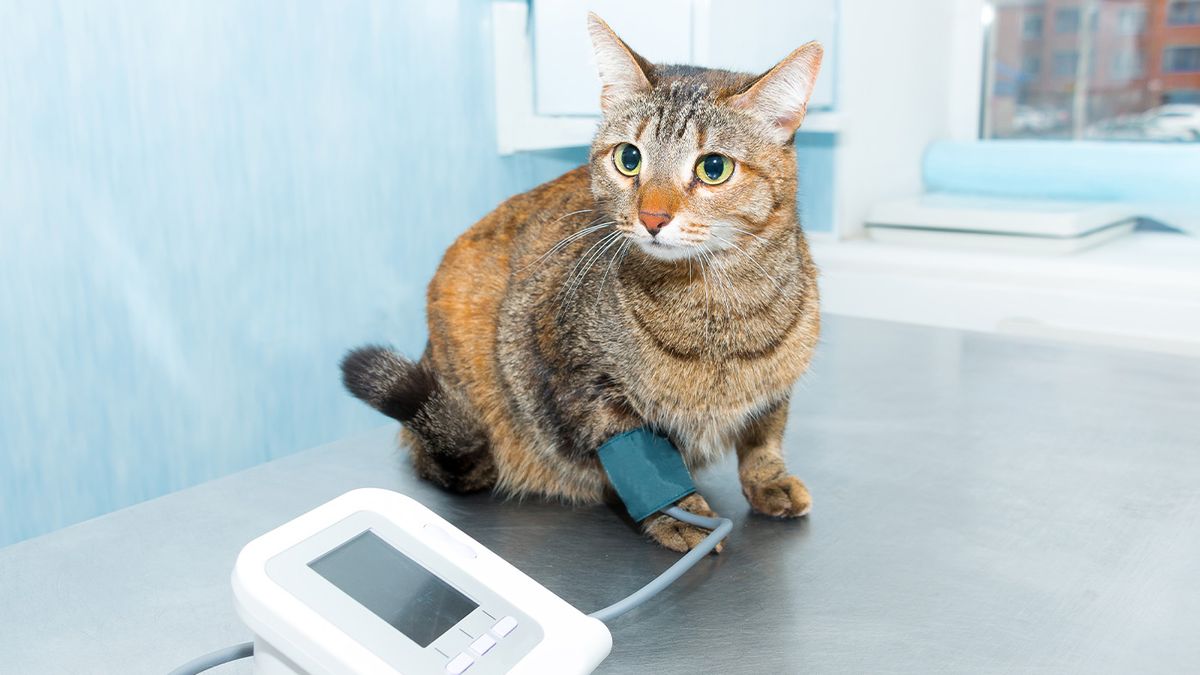Feline friends mean the world to us, and it is our responsibility to ensure their well-being at every stage of their life. A recent article on PetsRadar has brought attention to a very important topic concerning cat care – high blood pressure in cats. While many cat owners are familiar with the routine aspects of looking after their pet, high blood pressure can be a tricky matter to spot and is often linked to other health issues. It is thus very important to stay vigilant and take your cat for regular check-ups to ensure that they are in the best possible health.
Much like humans, cats can suffer from high blood pressure, although they may not show obvious signs of illness. In cats, high blood pressure is frequently associated with other conditions such as kidney disease, hyperthyroidism, or heart issues. The difficulty in identifying high blood pressure in cats lies in the fact that they have a natural ability to hide discomfort. A cat that is unwell might show subtle signs like a change in appetite, a noticeable drop in grooming habits, or a state of restlessness. In certain cases, the first sign could even be a sudden loss of vision, making it all the more urgent to regularly monitor their health through veterinary visits.
The method for diagnosing high blood pressure in cats is similar to the way it is done for people. Vets use a special cuff to measure a cat’s blood pressure, though the process can be challenging because cats may feel nervous when they are at the clinic. Despite this, early detection is crucial. By identifying the condition early, serious complications such as blindness, kidney damage, or even a stroke can often be prevented. It is a stark reminder that even if your cat appears to be happily napping away without any distress, they may be masking a more serious issue that could benefit from timely treatment.
When it comes to treatment, there is cause for optimism. A lot can be done to manage high blood pressure in cats. Once diagnosed, most treatment plans involve the daily administration of medication. One of the common treatments is a small pill called amlodipine. Some cats that are less keen on taking pills may be given medication in the form of a gel that can be applied to their ear. This innovative way of delivering treatment ensures that even the fussiest of feline friends can receive the care they need without undue stress. In addition to medication, it is also important to manage any underlying conditions and consider dietary changes that can further assist in controlling a cat’s blood pressure.
It is essential for cat owners to understand that vigilant monitoring of feline health can make a significant difference. Regular veterinary check-ups not only allow for an early diagnosis of high blood pressure but also ensure that any other emerging health issues are identified before they become more serious. In a household that cherishes its pet, these routine visits create a safe space where any health challenges can be tackled at the earliest stage. As cats continue to charm us with their playful antics or guide us with a dignified gaze, they deserve that same level of care in return.
Image credit www.petsradar.com
Original source https://www.petsradar.com/cats/cat-veterinary-health/high-blood-pressure-in-cats


